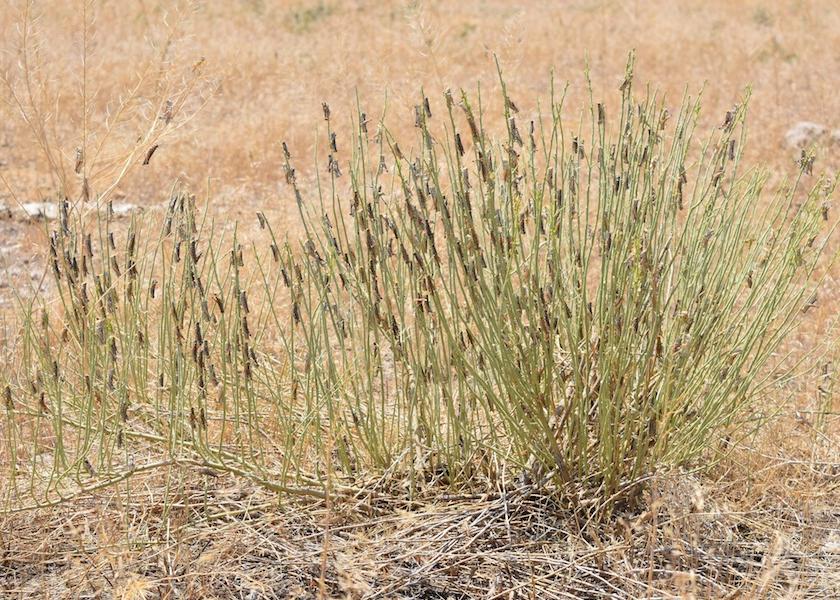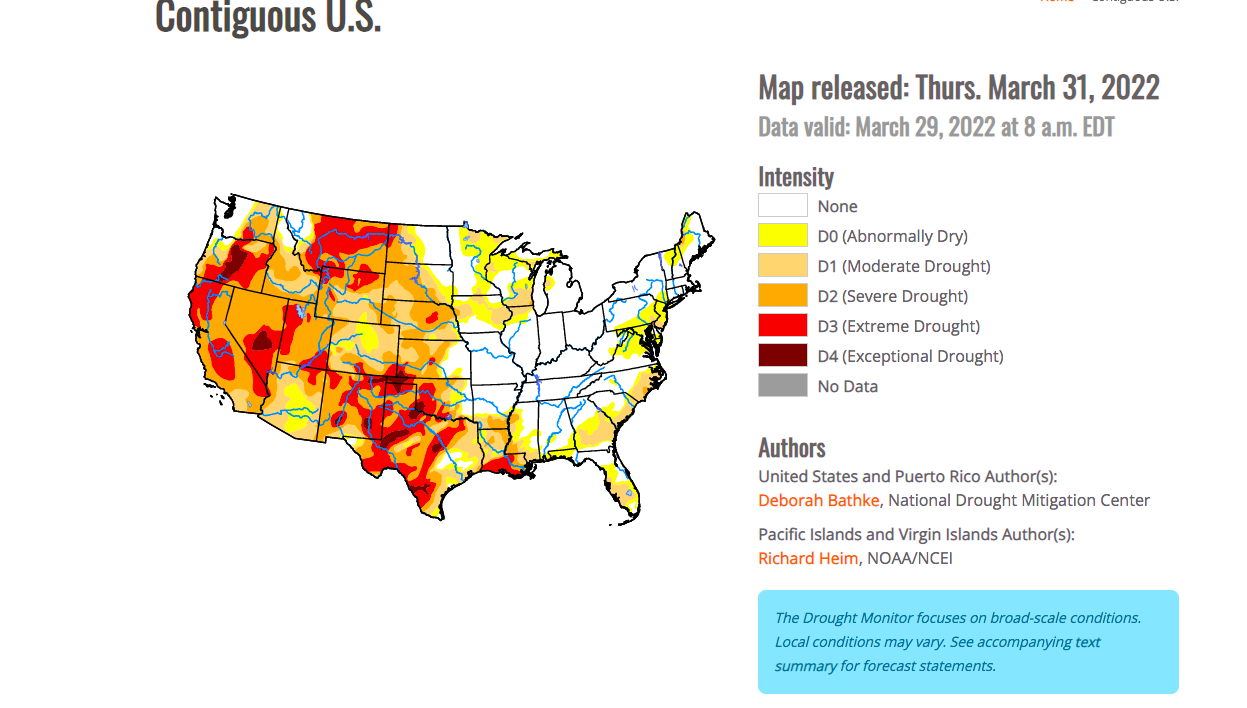What You Need To Know About USDA Announcing Payments To Livestock Producers Hammered By Drought, Soaring Feed Costs

USDA announces updated livestock disaster aid, while also outlining a new crop-related disaster effort. USDA says the launch of the Emergency Livestock Relief Program (ELRP) will address increases in supplemental feed costs in 2021. The ERLP will use data from the 2021 Livestock Forage Disaster Program (LFP) to make payments to affected producers — producers do not have to apply for the aid if they were approved for an LFP payment.
They key to the program is no sign-ups will be required. There will be a pay cap, but details have not been released on that front.
Phases of the Payments
- Phase 1 of the payments is expected to total $577 million, basing the payments on percentage of an eligible producers’ gross 2021 LFP payment — 90% for historically underserved producers and 75% for all other producers. And, the payments will be subject to a payment limit.
- Phase 2: USDA said it was evaluating impacts of 2021 drought and wildfires on livestock producers as it develops the Phase 2 component.
Funding Background
The ELRP is being funded under aid included in the Extending Government Funding and Delivering Emergency Assistance Act signed into law in September 2021. That included $10 billion in assistance to agricultural producers with $750 million specifically for livestock producers for losses due to drought and wildfires in calendar 2021. USDA doesn’t use the term WHIP+, but this is the program most producers will know it by.

More Drought Aid
USDA also announced it was setting up a two-phase approach for diversified, row crop and specialty crop operations affected by an eligible natural disaster event in calendar 2020 or 2021.
First phase of the assistance will use existing crop insurance or noninsured crop disaster assistance program data to calculate payments with funds and will issue details in the coming weeks.
Second phase will fill additional gaps in assistance for eligible producers who did not participate in risk management programs.
There was no expected total amount for payments under the crop-related effort.
USDA also said it will provide additional relief through the Emergency Assistance for Livestock, Honeybees and Farm-raised Fish Program (ELAP) to help producers will above-normal cost of hauling livestock to forage. USDA pointed out the ELAP compensation will be retroactive for 2021 but will be available for losses in 2022 and subsequent years.







